Panyu Academy (Former Site of the Guangzhou Peasant Movement Training Institute)
Located at No. 42, Zhongshan 4th Road, Yuexiu District, Guangzhou, the Panyu Academy is one of the three most intact academies in Guangdong. It was originally established during the Ming Dynasty, in the third year of the Hongwu reign (1370). Over 600 years of history, it served as the county school of Panyu and a temple dedicated to Confucius and other esteemed sages during the Ming and Qing Dynasties. It is the most well-preserved academy in Guangzhou, with surviving buildings along the central and eastern paths. The central buildings, which are largely intact, from south to north, include the Lingxing Gate, Panchi Pond, Dacheng Gate, Dacheng Hall, Chongsheng Hall, and the east-west corridors. The eastern part preserves the front gate, Minglun Hall, Guangji Hall, and the stone-paved road, while only the front gate and part of the stone-paved road remain on the western part. The main structure of the academy is built with wood, and its decorations feature clay sculptures, plaster sculptures, stone carvings, and brick carvings, which reflect the distinctive architectural features of the Lingnan region during the Ming and Qing Dynasties.
During the first period of cooperation between the Kuomintang and the CPC, in order to cultivate cadres for the peasant movement, the Peasant Movement Training Institute was established in the name of the Kuomintang, with CPC members such as Peng Pai taking the initiative. Six sessions were held in Guangzhou, with the sixth session taking place at Panyu Academy from May to September 1926. Mao Zedong served as the director, while Peng Pai, Zhou Enlai, and others were instructors.
Mao Zedong taught courses on "The Chinese Peasant Problem," "Rural Education," and "Geography," while also editing the Peasant Issues Collection. Over 800 students were trained at the Peasant Movement Training Institute, with 327 students enrolled in the sixth session from 20 provinces and regions across China. The Institute played an important role in advancing the Chinese revolutionary movement.
In 1961, the site was designated as a National Key Cultural Relic Protection Unit and is now preserved as the Memorial Hall of the Former Site of the Peasant Movement Training Institute led by Mao Zedong.
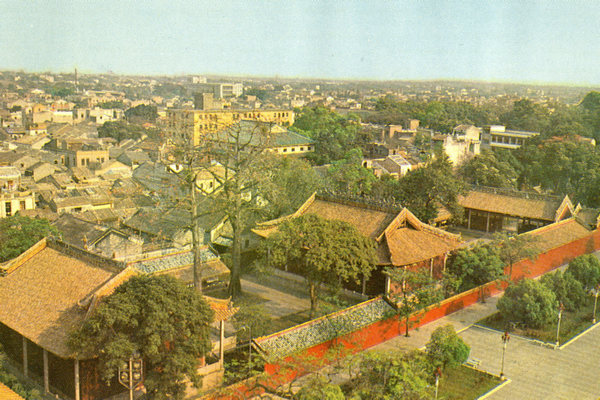
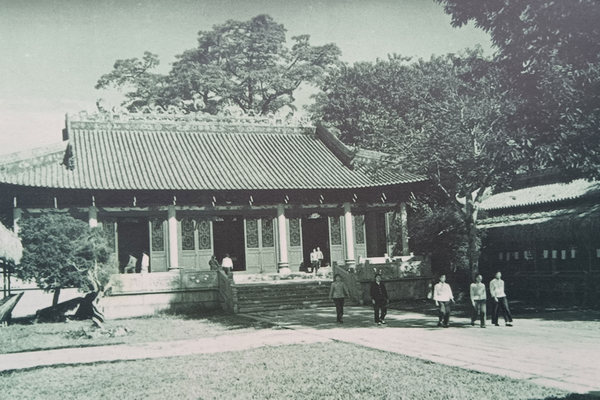
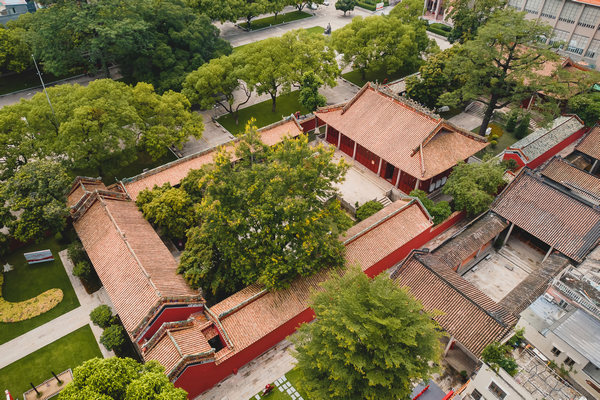
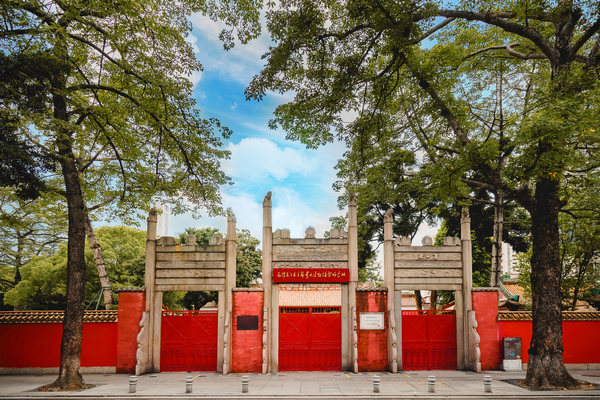
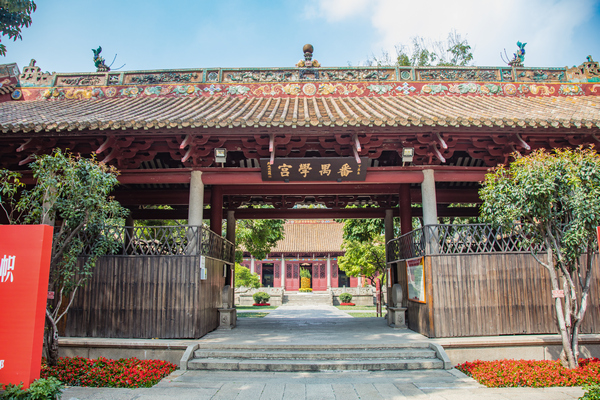



-
扫一扫在手机打开当前页









